
How Wisdom Teeth Could Power the Next Generation of Regenerative Medicine
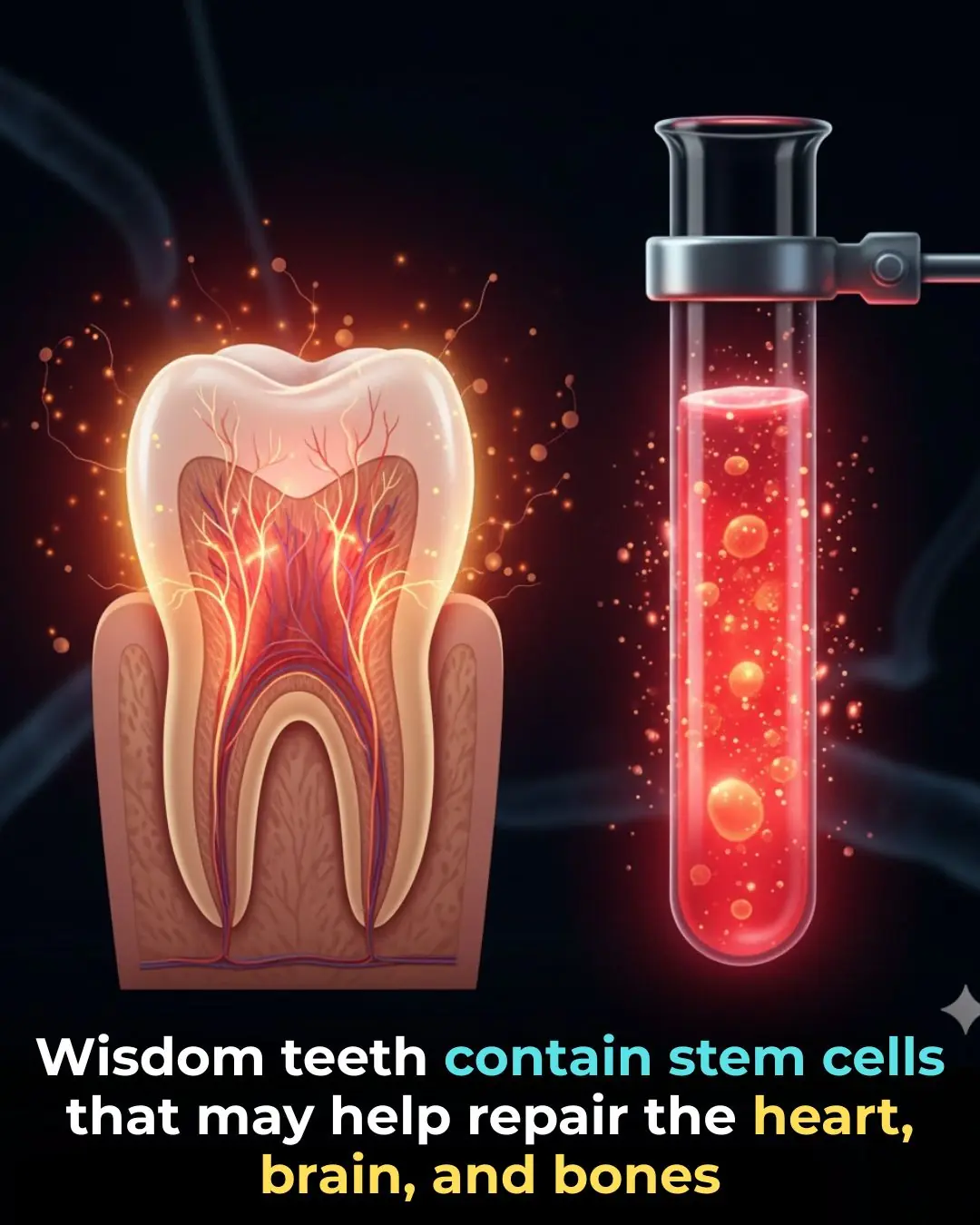
Inside those often-removed third molars lie dental pulp stem cells (DPSCs) — powerful, multipotent cells that researchers believe could revolutionize regenerative medicine.
What Makes DPSCs So Special
Dental pulp stem cells are a type of mesenchymal stem cell (MSC) found in the soft inner tissue of teeth, including wisdom teeth. Unlike many stem cells, they are relatively easy to obtain: wisdom teeth are often extracted, making the procedure minimally invasive.
These cells have remarkable “plasticity”: they can proliferate (self-renew) and differentiate into a variety of cell types — not just dentin or tooth-related cells, but also bone, cartilage, nerve-like cells, and more.
Regenerative Medicine Possibilities: What Lab Studies Show
In laboratory and animal models, DPSCs have shown a surprising range of therapeutic potential:
-
Bone regeneration: DPSCs can differentiate into osteoblasts (bone‐forming cells). In experiments, scientists have used DPSC-derived cell sheets — even without scaffolds — to successfully repair bone defects in animal models.
-
Cartilage repair: Preclinical studies in animals suggest DPSCs may help regenerate articular cartilage, which has important implications for osteoarthritis or cartilage injury.
-
Neural / nerve-like cells: Because DPSCs originate from neural crest lineage, they have a natural capacity to become neuron-like cells, Schwann cells, or glial cells. They also secrete neurotrophic and angiogenic factors that could support nerve regeneration.
-
Wound healing and muscle regeneration: A subset of DPSCs called “pluripotent-like” DPPSCs (from wisdom teeth) has been shown in mouse models to improve wound healing, promote blood vessel formation, and integrate into muscle tissue — reducing fibrosis in muscular dystrophy models.
-
Immunomodulation: DPSCs are relatively non-immunogenic and can modulate immune responses, making them suitable for allogeneic (donor-to-patient) therapies.
Why Wisdom Teeth Are Potential Gold Mines
Wisdom teeth are especially attractive as a source because:
-
They are commonly removed in healthy young adults, providing readily available tissue.
-
Once isolated, DPSCs can be cryopreserved (frozen) without losing their “stemness” or differentiation potential
-
Their accessibility avoids many ethical concerns associated with other stem cell sources.
Challenges and Current Status
Despite promising preclinical results, the translation of DPSC therapy into mainstream medicine is still in its early stages. Key obstacles include:
-
Standardizing isolation and culture methods. For example, there are different protocols for extracting DPSCs, and researchers are still optimizing media formulations for long-term growth.
-
Scaling up production in a way that is safe, reproducible, and cost-effective for clinical use.
-
Ensuring immunological safety in allogeneic (donor-derived) applications. While DPSCs are immunomodulatory, more work is needed to understand how they behave in humans.
-
Conducting rigorous clinical trials to prove efficacy and safety in humans. So far, most success stories remain at the lab or animal stage
The Future: Banking Your Wisdom Tooth
Because of their versatility and accessibility, some experts are now advocating for “tooth banking” — that is, cryopreserving wisdom teeth (or just the pulp) when they are removed. This could enable individuals to store their own DPSCs for potential future therapies, tailored to their own biology.
If regenerative medicine continues to advance, your wisdom teeth could one day help heal more than just your mouth. They might be a key to repairing cardiac tissue after heart injury, regenerating cartilage in joints, or even treating certain neurological conditions.
News in the same category

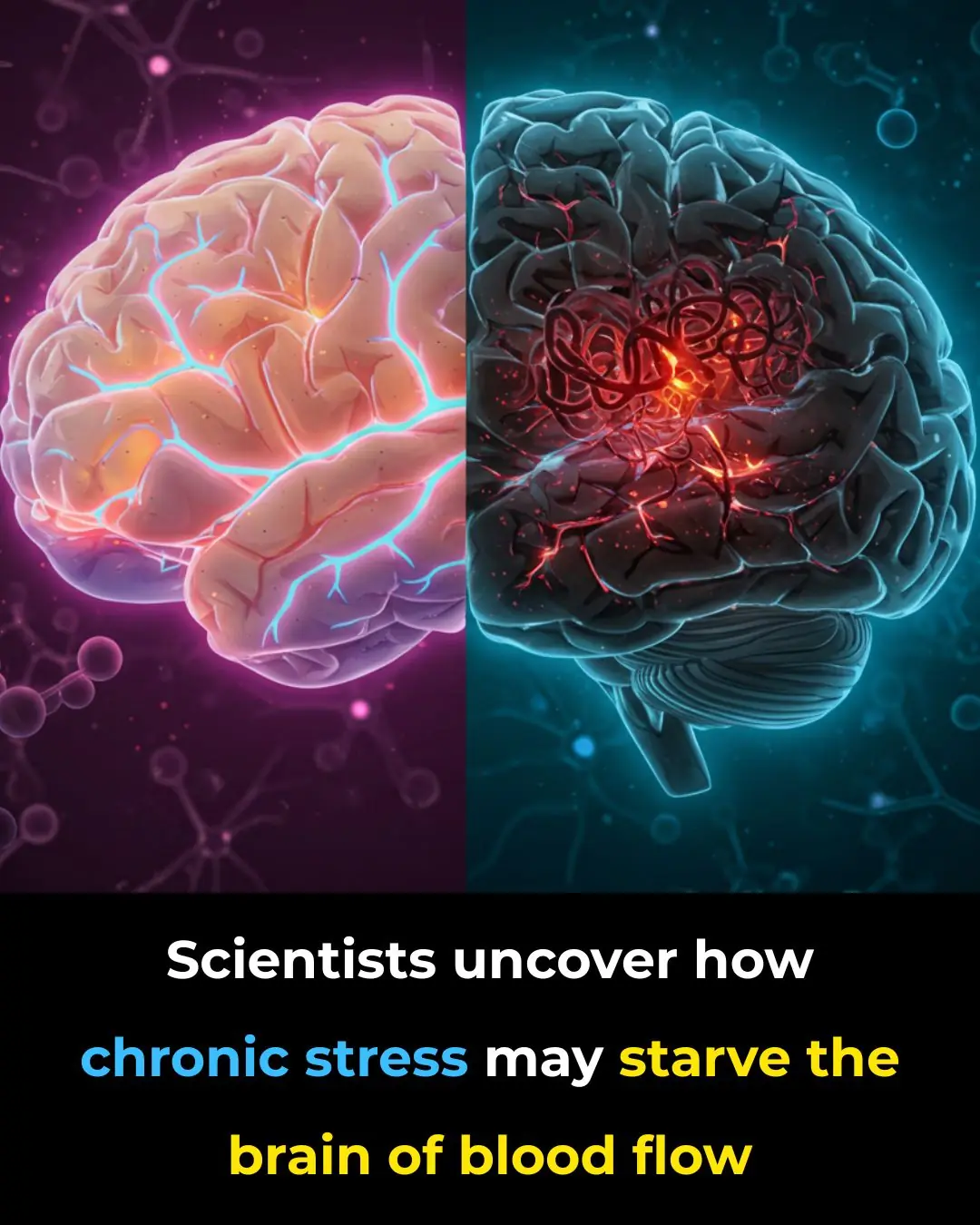
Scientists uncover how chronic stress may starve the brain of blood flow
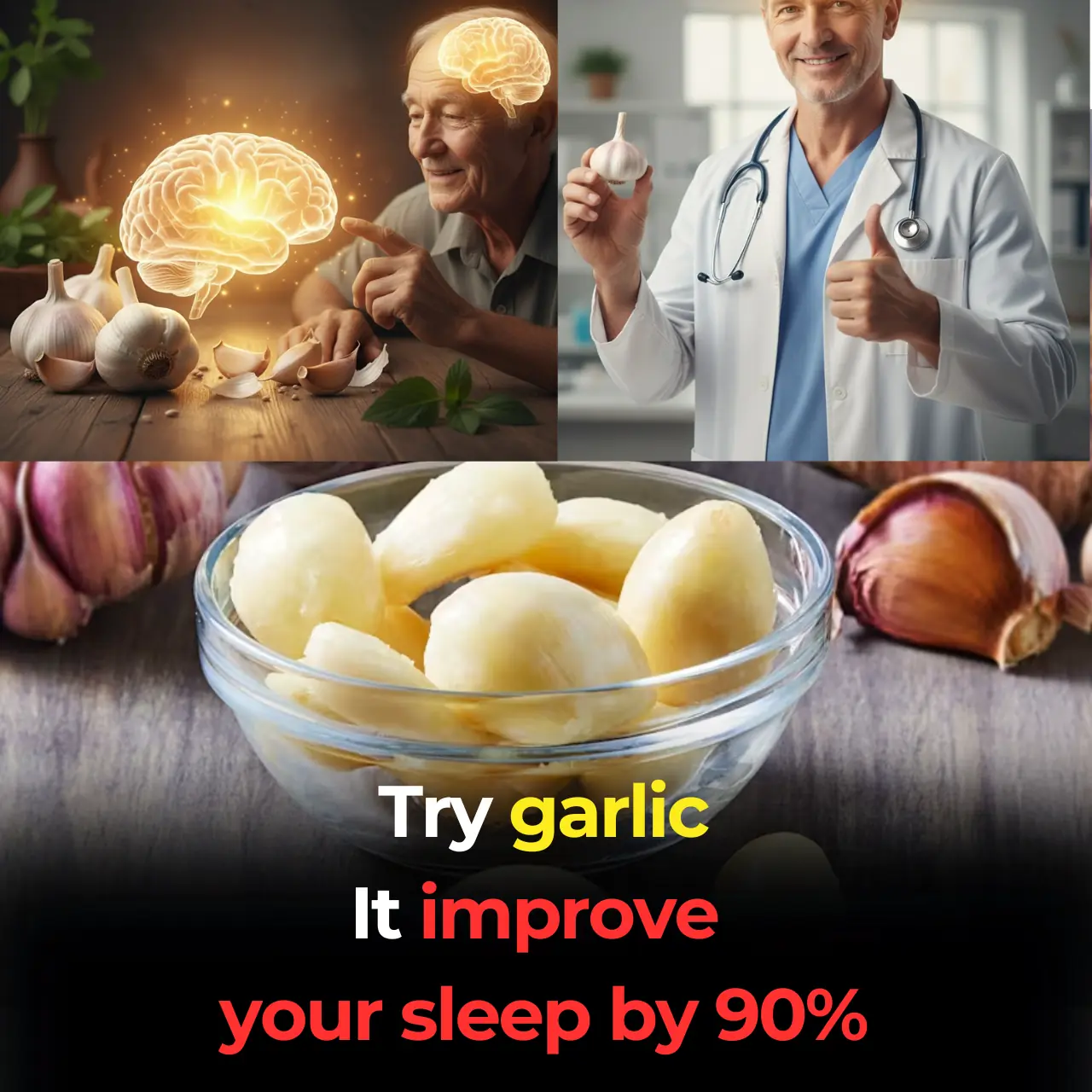
Japan's Oldest Doctor: Can’t Sleep Through the Night? Use Garlic This Way for Deep Rest in 3 Nights

People whose mouths feel dry when sleeping at night need to know these 8 reasons

3 Mineral Waters That Can Help Remove Aluminum From The Brain

Top Signs of Iron Deficiency and How To Increase Iron Levels In Your Blood

Banish Congestion Now! The Fiery Root That Clears Lungs & Sinuses INSTANTLY
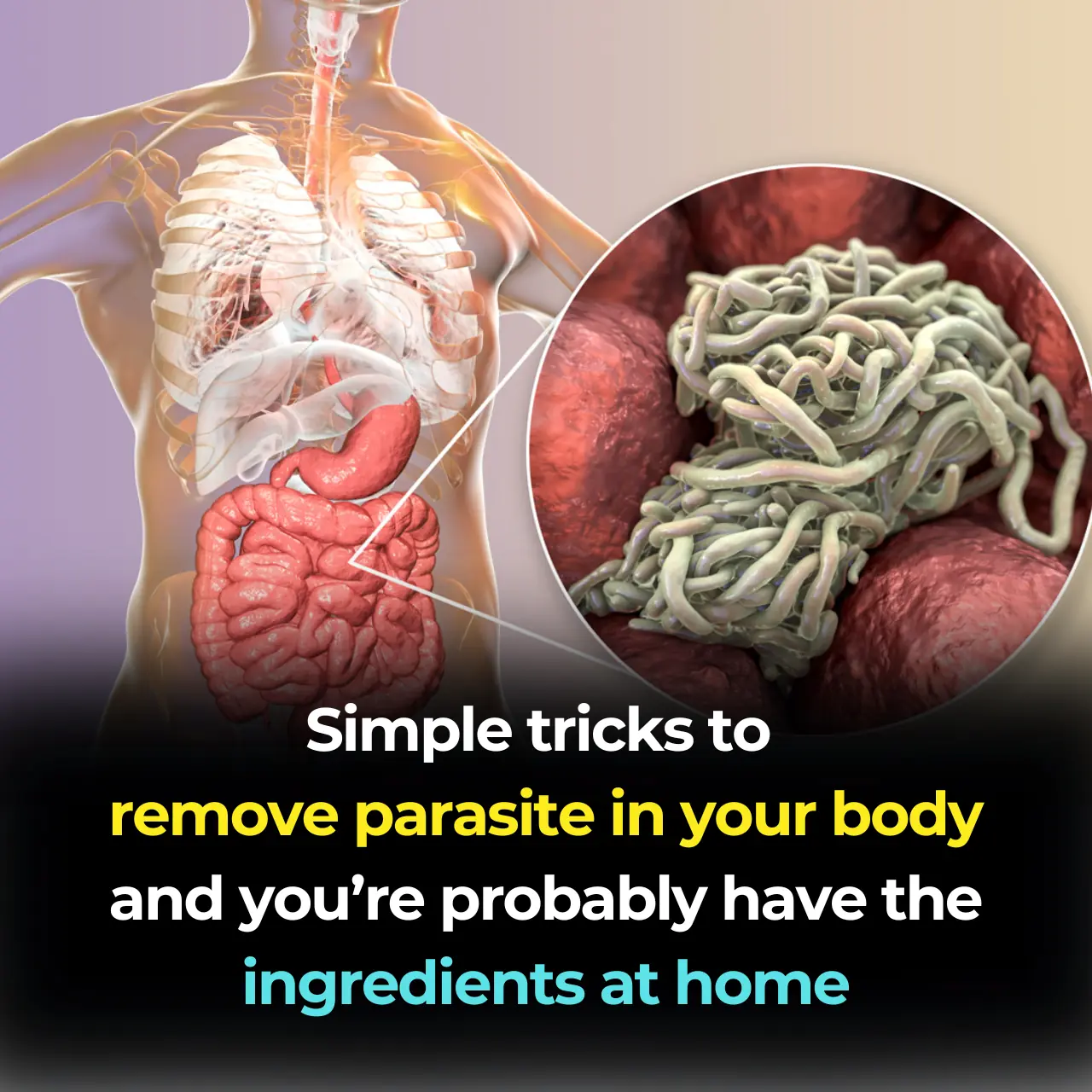
How to Get Rid of Worms in Humans (Including Parasite Cleanse Diet)
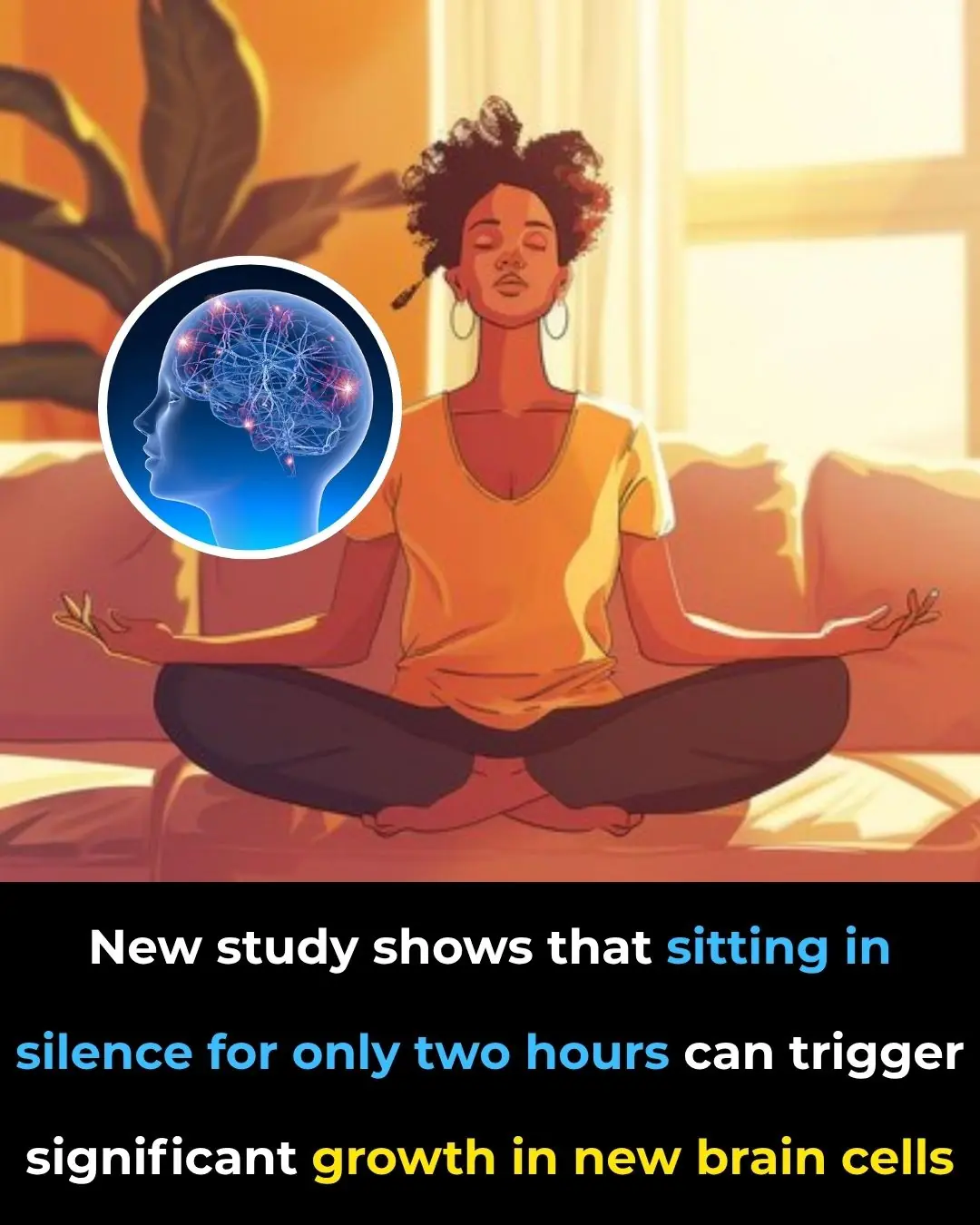
How Two Quiet Hours a Day Can Rebuild Your Brain

13 Warning Signs of High Blood Sugar and 9 Ways to Take Control of Your Health

What Are Tonsil Stones

Nerve Pain Relief? The Vitamin Deficiency You Never Suspected!

Eat More Red Onions: It Inhibits Cancer Cells, Stops Nosebleeds And Protects The Heart

7 Easy Ways To Quickly Unclog Your Lymph Nodes To Reduce Swelling And Flush Out Toxins
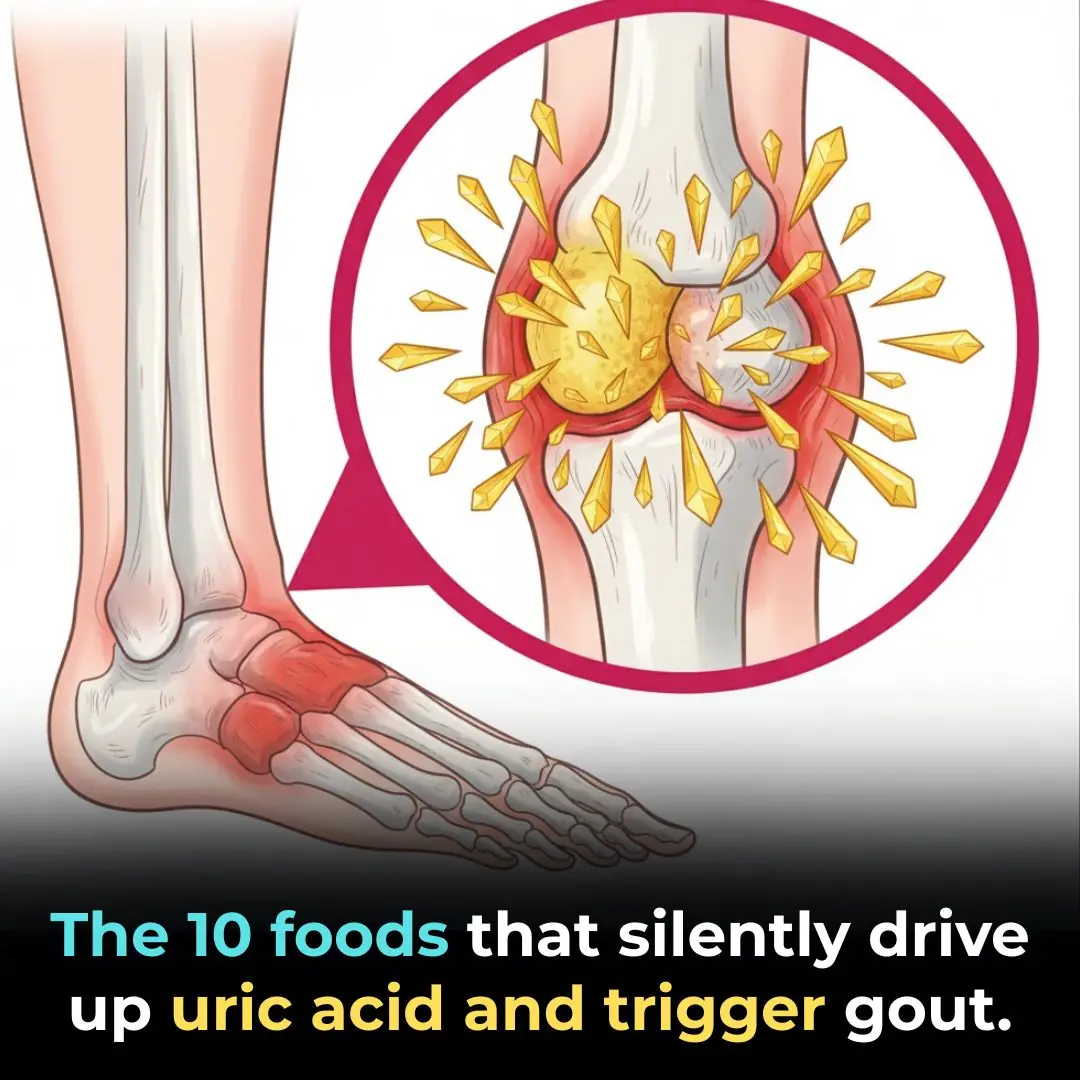
Top 10 Uric Acid Foods To Avoid If You Have Gout

Five “Dirtiest” Parts of the Pig That Butchers Never Take Home for Their Own Families
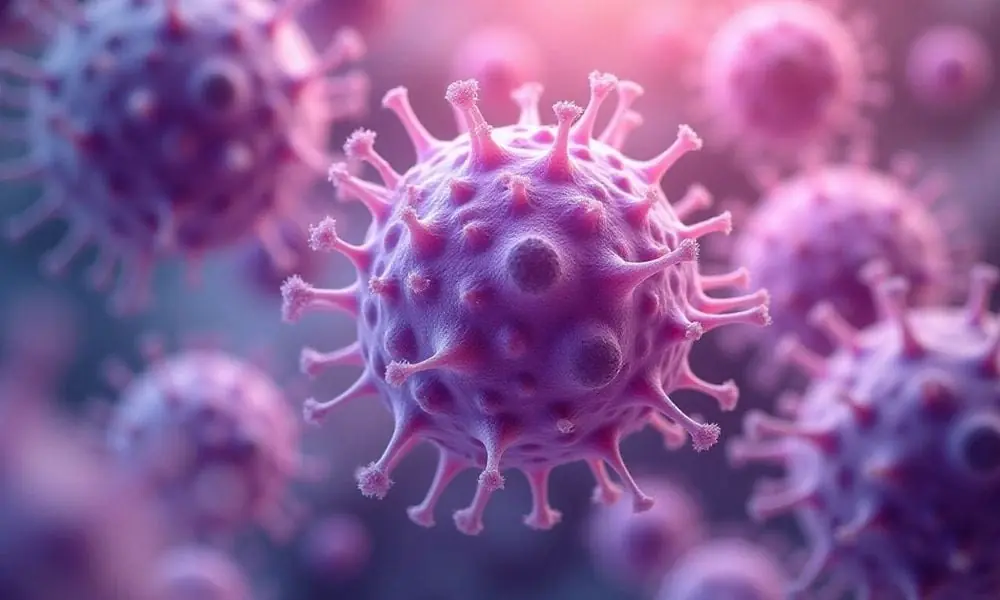
The Whole Family of Three Was Diagnosed With Thyroid Nodules; the Mother Collapsed: “I Thought Those Two Things Were Always Good to Eat and Could Prevent Cancer”
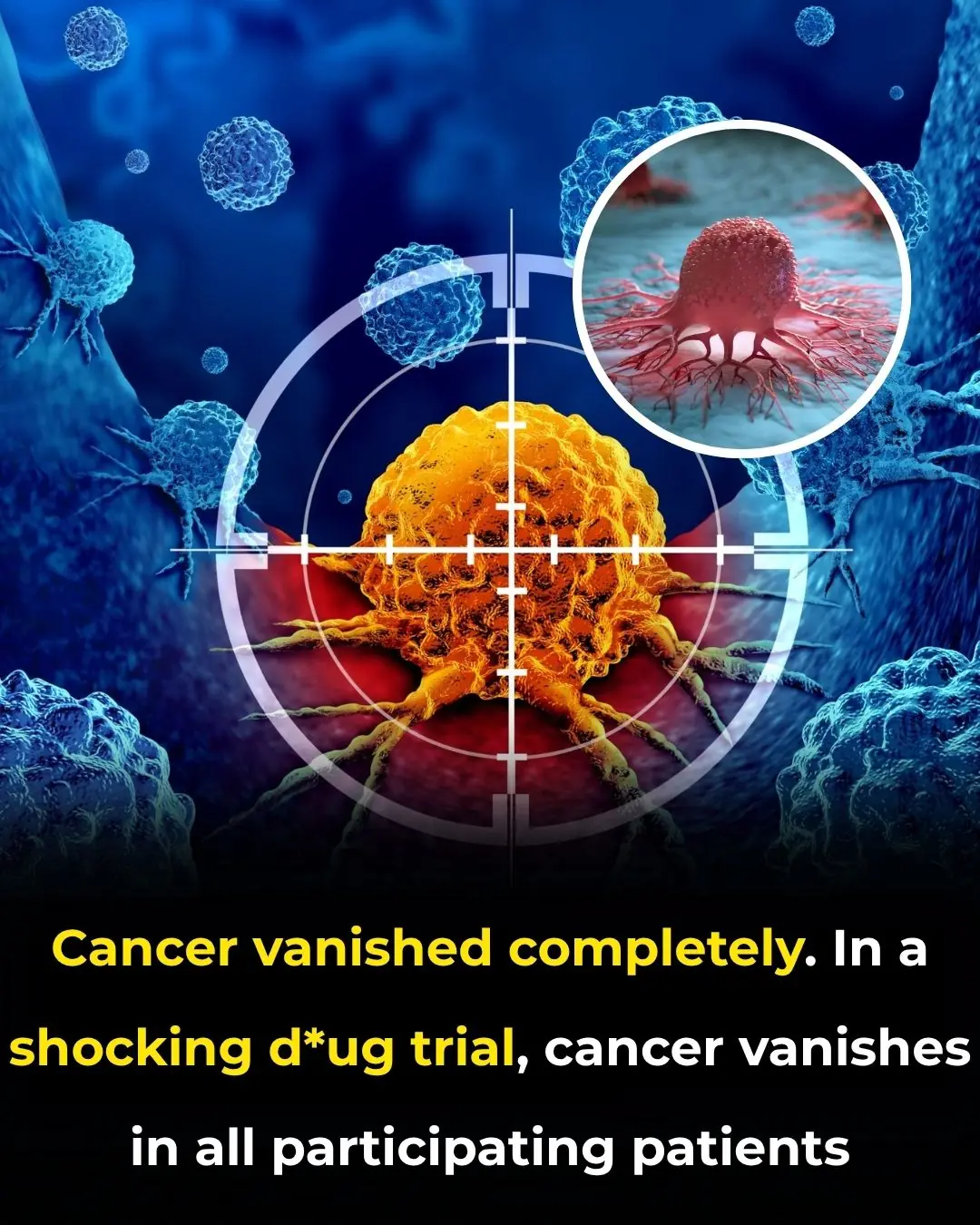
Breakthrough Cancer Treatment Offers Unprecedented Hope for Patients

Top 10 foods that unclog arteries naturally and prevent heart attack
News Post

‘Doesn’t Qualify Because She’s Black’: Fans Of Angel Reese, A’ja Wilson Blast Forbes For Ranking Caitlin Clark ‘Most Powerful’ Woman Athlete In Sports

How Finland Is Turning Data Centers Into City-Wide Heating Systems

How Israel Is Turning Water Pipes Into Clean Power Plants

This one vitamin could help stop you from waking up to pee every night

Scientists uncover how chronic stress may starve the brain of blood flow

Keith Olbermann suggests he dodged a bullet as he gloats over ex-girlfriend Olivia Nuzzi’s latest scandals

What Sydney Sweeney and Tom Cruise talked about during Governor Awards: lip reader

Freddie Slater’s EastEnders exit ‘revealed’ in new spoilers

Spandau Ballet star Tony Hadley admits he’s watching ex-bandmate Martin Kemp on I’m A Celebrity amid long-running rift

Inside I’m A Celebrity star Angry Ginge’s relationship with his dad – ‘massive racist’; court battles; throwing a ‘brick through the window’
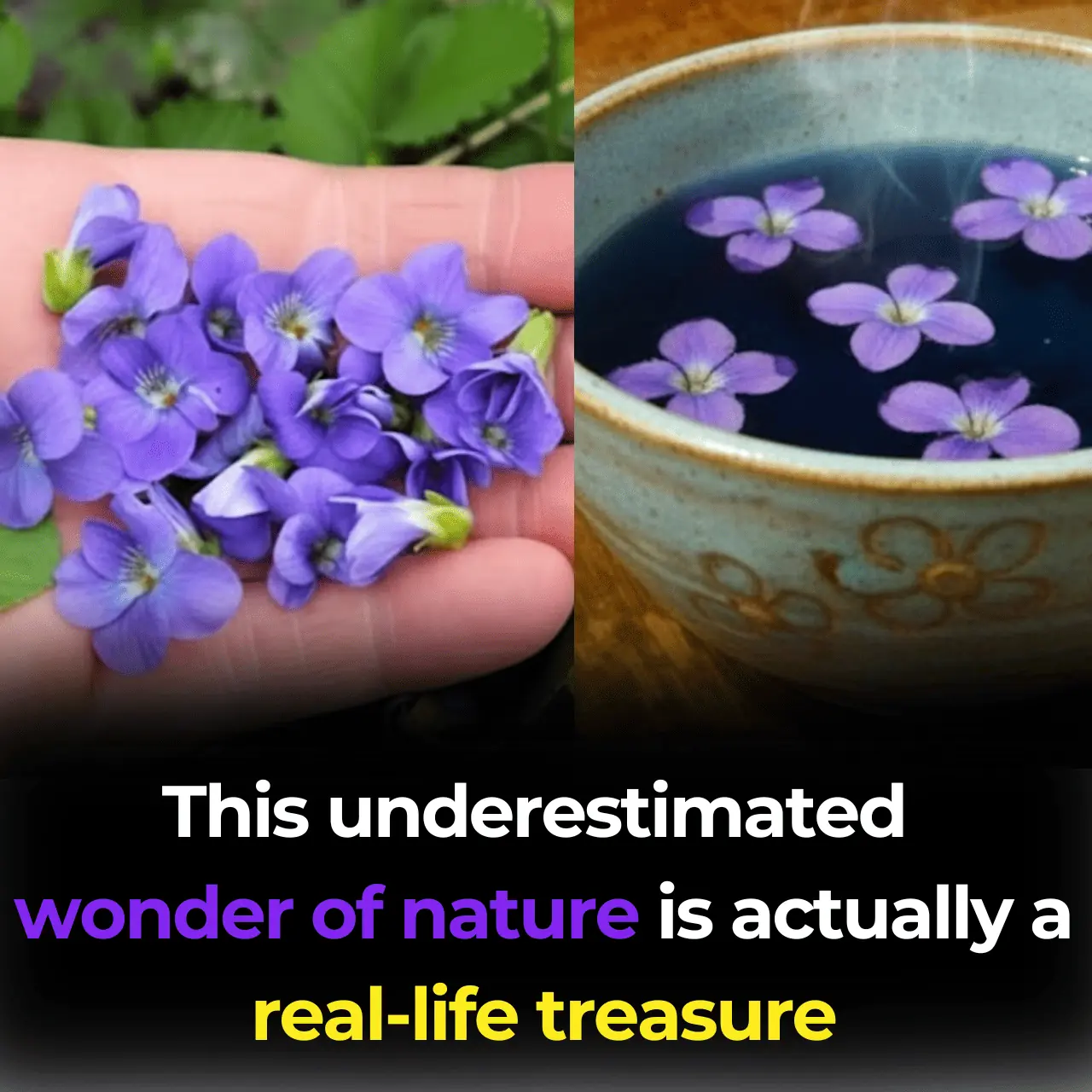
The Hidden Power of Common Blue Violet (Viola sororia) and Its Homemade Uses

Japan's Oldest Doctor: Can’t Sleep Through the Night? Use Garlic This Way for Deep Rest in 3 Nights

Glow From Within: Easy Morning Drink For Radiant Skin

People whose mouths feel dry when sleeping at night need to know these 8 reasons

3 Mineral Waters That Can Help Remove Aluminum From The Brain

Top Signs of Iron Deficiency and How To Increase Iron Levels In Your Blood

BBC Strictly's La Voix forced to pull out of Blackpool week after injury

Coronation Street couple split confirmed as heartbroken Carla tells Lisa 'it's over'
